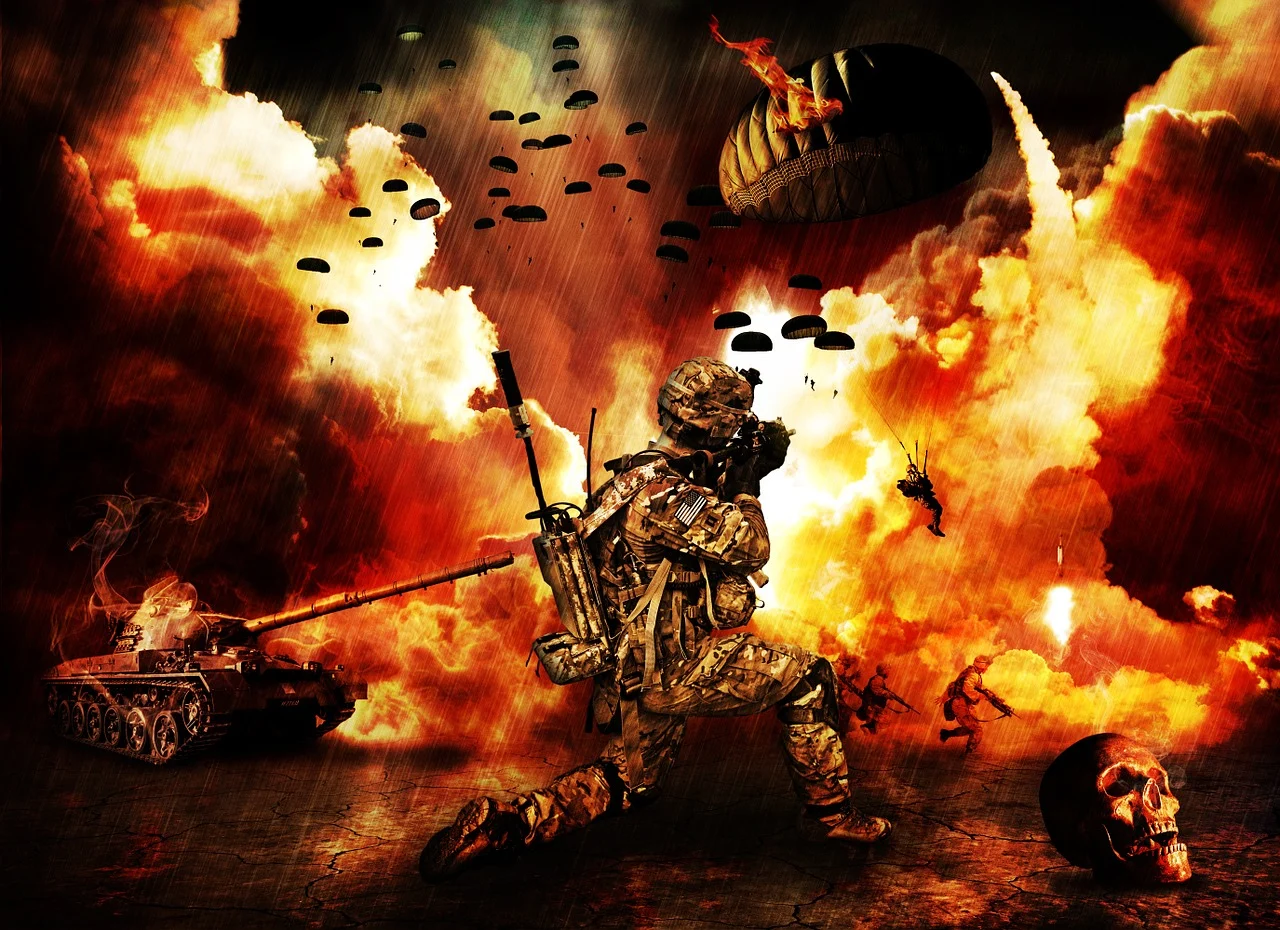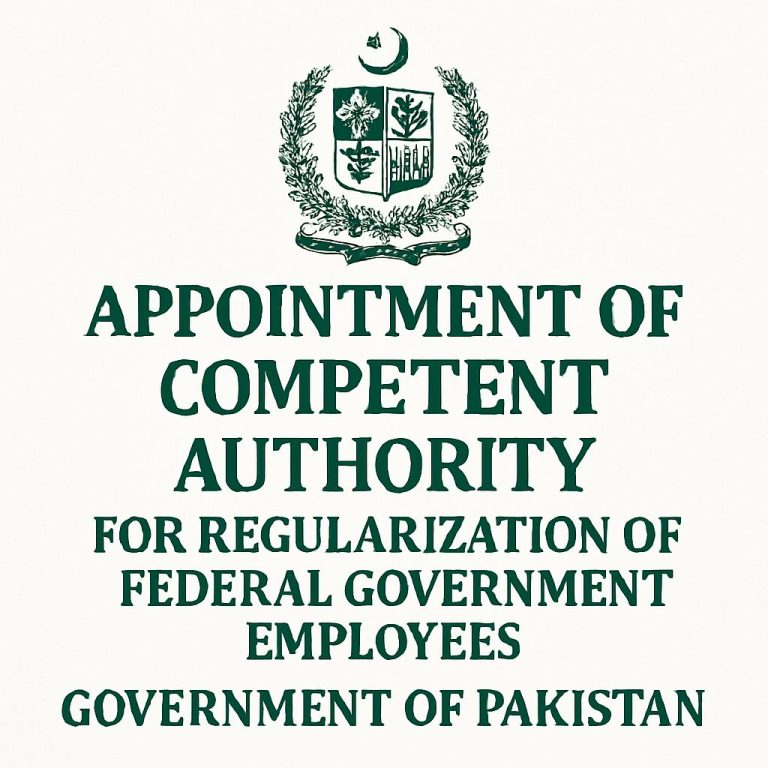
The ongoing Pakistan-India crisis has reached its peak. Explore the current geopolitical tensions, historical factors, and potential outcomes of this critical situation.
troduction: Understanding the Pakistan-India Crisis
The long-standing rivalry between Pakistan and India has been marked by numerous conflicts, border disputes, and escalating tensions. Recently, the situation has reached its final peak, as both nations prepare for a possible escalation. This article delves into the current crisis, its historical roots, and the global implications of this ongoing standoff.
1. The Historical Context of Pakistan-India Tensions
The roots of the Pakistan-India conflict trace back to the partition of India in 1947, which divided the subcontinent into two nations. The dispute over the Kashmir region has been the primary source of conflict for decades. Despite multiple attempts at peace, the animosity between these two countries remains as intense as ever.
2. Key Factors Contributing to the Crisis
Several factors have contributed to the escalation of tensions in recent months:
- Kashmir Dispute: The region continues to be a flashpoint for violence, with both countries laying claim to it.
- Military Build-Up: Both Pakistan and India have significantly increased their military presence along the Line of Control (LoC).
- Diplomatic Failures: Failed negotiations and broken peace talks have led to a breakdown in communication, exacerbating the situation.
- International Pressure: Global powers like the United States, China, and Russia have been urging both countries to de-escalate, but the situation remains fragile.

3. The Role of Nuclear Capabilities
Both Pakistan and India are nuclear-armed nations, which significantly raises the stakes of any conflict. The nuclear deterrent theory has prevented full-scale war in the past, but it also makes the potential for catastrophic escalation more concerning. Experts fear that the ongoing crisis could trigger a nuclear confrontation, which would have devastating consequences for both countries and the region.
4. Impact on Global Geopolitics
The Pakistan-India crisis has far-reaching implications for global stability. A war between these two nations could disrupt regional and global trade routes, destabilize neighboring countries, and shift alliances. China’s involvement as an ally to Pakistan adds another layer of complexity to the situation, while Western nations continue to monitor the crisis closely.
5. Potential Outcomes and Solutions
While the crisis has reached a critical point, there are still possible avenues for peace:
- Diplomatic Interventions: International organizations like the United Nations and major powers can play a key role in mediating talks and pushing for de-escalation.
- Back-Channel Negotiations: Secret talks between Pakistan and India could pave the way for a peaceful resolution, although trust remains a significant hurdle.
- Regional Cooperation: Encouraging cooperation in areas like trade, security, and resource sharing could lead to a more stable relationship between the two nations.
6. Conclusion: The Path Forward
The Pakistan-India crisis is at a decisive juncture. The world watches closely as both nations navigate this tense moment in their history. While the path to peace remains uncertain, the international community must act swiftly to prevent further escalation and work towards a sustainable solution. Only time will tell if both nations can find common ground or if the situation will spiral out of control.
Keywords: Pakistan-India crisis, Kashmir dispute, nuclear capabilities, geopolitical tensions, diplomatic interventions, Pakistan-India relations, Pakistan India military build-up, final peak of crisis, nuclear confrontation, regional stability
Internal Links:





